Died 1986Paris, France Name Jesse Fernandez | Occupation Artist | |
Jesse A. Fernández (born December 7, 1925 Havana, Cuba, died 1986 in Paris, France) was a Cuban artist and photographer.
Contents
Career
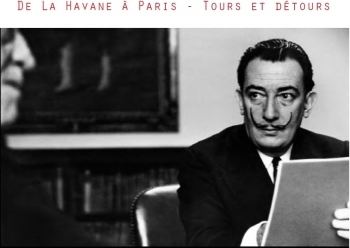
Fernández participated in different art forms such as photography, sculpture, drawing and painting. He had a career as a photographer and was seen in several publications and projects. His work as a photojournalist was seen in Photo projects in Central and South America between 1955–1959. He was the art director of Visión in New York City and was a photographer for Revolución newspaper, Havana, in 1960.
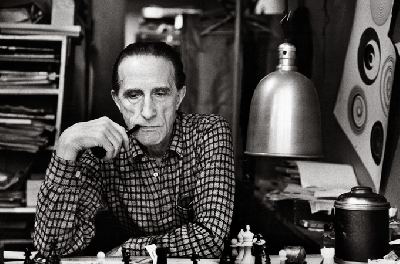
Jesse Antonio Fernández was born in Havana, Cuba December 7, 1925. He settled in Asturias, Spain with his mother and brother Jaime to flee the dictatorship of Geraldo Machado in Cuba. Jesse said of this period: “we arrived to Spain where I learned how to fish, dance, sing. We lived of barter during the Civil war, in December 1936 we returned to Cuba. On my arrival in Cuba, I was confronted with a cultural shock due to the language: I spoke with an Asturian accent and everyone started to call me the Galician. I had to brawl to acquire a certain respect. I am very Cuban. I then passed my youth between the rhythms of the danzón. In 1941 the Academy of the Art, San Alejandro of Havana.
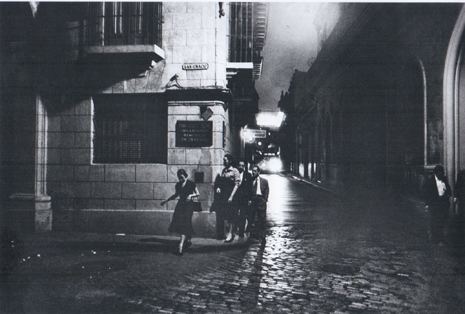
In 1942, he left for Philadelphia to study to become an electronic engineer. “My parents sent me to the United States to study. They were Spanish republicans who believed in progress. I would have preferred to make literary studies. I began studies to become electronic engineer because I liked mathematics.”
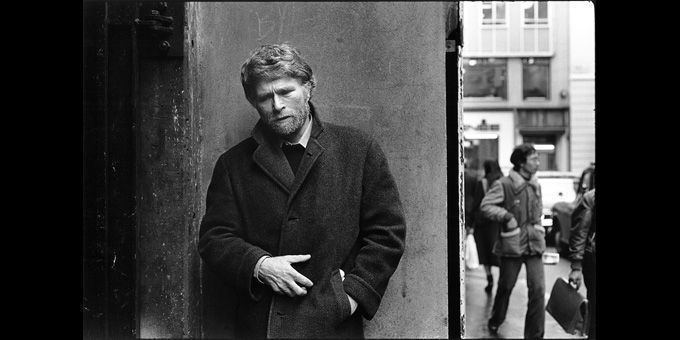
In 1945, he went back to Cuba, and devoted himself to painting.

In 1947, he returned to New York, registered with the Art Students League where he studied painting with George Grosz and Preston Dickinson. Jesse Fernández said: “During 17 years, I lived in New York. I lived with my wife, the books and the photographs."
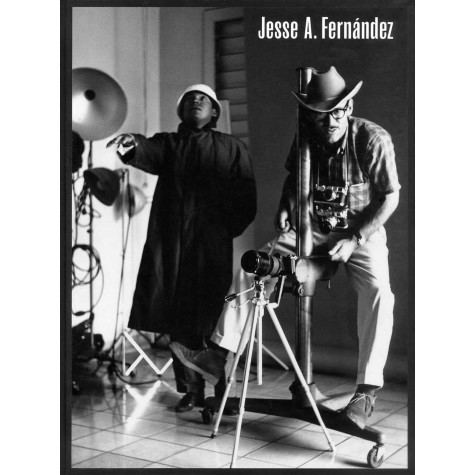
In 1948, he met the painter Wifredo Lam who presented him to the European painters living then in New York: Marcel Duchamp, Esteban Francés, Kiesler. The “Rencontrer Duchamp had a major influence on me. He taught me that to be an artist, it was necessary to be free, and to be free, that one must not have responsibilities!”
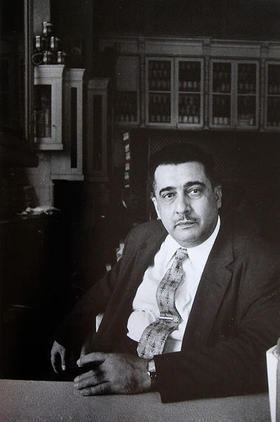
In 1949, his only daughter,Yolanda is born in NYC, he attended meetings of the Painters' Club on the eighth street.
In 1952, he travelled to Medillin, Colombia. He started to take photographs: “Colombia is a country for photography and in Medellin it became for me a form of contact with reality. It is there that I found my own technique. I did not know anything with the photograph, I did not even know what was a diaphragm. I was locked up then with tons of books. I am a purist and I was influenced by Cartier Bresson and Walker Evans.”
In 1954, he worked for one of largest the Colombian advertising agency, Propaganda Epoca, where he met Fernando Botero and Gabriel Garcia Márquez.
In 1955, he travelled the Amazonian area of El Atrato, studying archaeology and the ethnology. He met the Indians Cuna and Katio. He remained in Guajira for four months, where He photographs the Indians. He goes back to New York, where it receives a price for these photographs. 1957 Takes part as a photographer in the filming of Nazarín de Luis Buñuel in Mexico. His photographs were published in Life, Esquire, Paris Match, Jours of France, Pagent, Cosmopolitan, Evergreen Review, Time Magazine, the daily newspapers The New York Times, Herald Tribune… In spite of significant requests for his photographs, he felt always more than a photographer: “I was a painter all my life. When I returned to the United States, I made photo-journalism. But I finished trying to take photographs of things which really did not interest me, like the war and its tragedies. I thus returned to painting. Now, when I make photographs, I take from reality what I like and what I want.”
In 1958, he accepted the artistic position of director for Visión magazine. He travelled to Ecuador, Mexico, Guatemala, Central America. In connection with his voyage to Mexico, he wrote: “I wanted to meet Alfonso Reyes because I read his translations of the Greek and liked them very much. Carlos Fuentes brought me to Cuernavaca. He lived surrounded by books. The most beautiful library that I ever saw!” In connection with Shine Buñuel, he also said: “I was going to see it. I wanted to know the version of the surrealism of Buñuel. While entering his place, I was immediately struck by a thing: there was only one table, the portrait of Buñuel painted by Dali. But he was accustomed to eating with his back to this painting.” He would travel to Havana to see his family each year, according to Guillermo Infante, but this time he was on a mission for Life Magazine to make a report on the artistic life of the island. Jesse photographed writers, musicians, painters, sculptors and ballerinas on their native ground. Two masterpieces of photography were born: his portrait of Jose Lezama Lima, the best ever taken of the poet, and his portrait of Hemingway, an intense study of the Master of concise prose as he crossed the threshold of old age. He worked as a photographer at Revolución newspaper and its weekly magazine the Lunes of Revolución.
In 1960, he went back to New York and temporarily gave up photography to devote himself to painting. He taught in the School off Visual Arts. He lived in the “Village” and regularly met Jorge Luis Borges, Aldous Huxley, Joan Miró, Antoni Tàpies, Antonio Will. “On my return to New York, I had changed and I decided to set out again from zero. At this point in time the first skulls appeared. I said to myself - I adore Cézanne, because he has a kind of ethics, of abnegation: if this man could paint three apples and he was able to make so many things with… and like that he set out with the skulls. And much of these skulls are landscapes. And I started again unceasingly. However, when you made something in great quantity, it is never done in the same manner. The day thus arrived where, with my direction, I had gotten rid of symbolism. It had just become a question of space.” Exposure to Arcy Gallery of New York.
In 1968, he taught painting in the School Visual Arts of New York.
In 1969, he started to alternate his work in New York with stays with San Juan de Porto-Rico, in search of an environment more favorable to creation. During this period he wrote as an art critic in many publications, including San Juan Star, Opus International and Knowledge of Arts.
In 1971, he exhibited in the gallery El Morro, San Juan (Puerto Rico).
In 1972, he exhibited his drawings to the museum of the University of San Juan (Puerto Rico).
In 1973, he exhibited at the Alliance Fran1caise and the gallery Botello de San Juan (Puerto Rico).
In 1974-1976, he lived between Tolède, according to him the most beautiful city of the world, and Madrid.
In 1975, he took part in a collective exposure to Vienna, entitled “fantastic Realism in Spain”.
In 1976, he took part in Basel Art Fair 76. He exhibited his “boxes” to the Ynguanzo gallery of Madrid. Those are a synthesis symbolic system of individual associations, its personal reading of the history and universal culture. Exposure to the Large palace at the time of the FIAC 76.
In 1978, he exhibited at the House of the Culture of Orleans. Carry out a report on the English artists: Francis Bacon, Henri Moore, Lynn Chadwick, John Pipern Kitaj… Travel to Italy, Sicily, to Turkey, Morocco, Thailand.
In 1979, he exhibited photographs “Fotografias 1955-1979” to the Center Venezuelan of the culture of Bogota (Colombia) and to the Chamber of commerce of Cali (Colombia). He took part in the exhibition “One Jackson Pollock” to the American Arts centre of Paris. He took part in the exhibition “Siete Años” to the Theo gallery of Madrid.
In 1980, he exhibited photographs to the American Arts centre of Madrid. He exhibited photographs to the Museum of Contemporary art of Caracas (Venezuela). He published the “Mummies of Palermo”. This book of photographs appears with an introduction of Dominique Fernandez: “In black and white, using the only natural light, which parsimoniously escapes from some ventilators, it is an incredible report which Jesse Fernandez carried out. In seizing images, poignant until the insupportable one sometimes, the expressive reality of these mummies seems to invite us to follow a funeral and imposing opera…” exhibition.
He died in Paris in March 13, 1986.
Individual exhibitions
His work was exhibited at the D’Arcy Gallery, New York, in 1961. His exhibit Jesse Fernández. Dibujos was shown at the Museum of the University of Puerto Rico in 1972 and his show Cajas. Jesse Fernández was seen at the Galería Ynguazo, Madrid, in 1976.
In June–September 2003 the National Museum of Art Reina Sofia held a retrospective of his photographs, drawings and cajas (boxes) in Madrid.
Maison de l"Amerique Latine Paris, France 2012 http://mal217.org/?s=jesse+a+fernandez
Collective exhibitions
In 1983 Caras y máscaras included the work of Fernández, seen at the Galería 8, Miami Dade Community College in 1988. Cintas Fellows Revisited: A Decade After was shown at the Main Library, Metro Dade Cultural Center, Miami, and in 1993 Photography by Cintas Fellows included his work, shown at The Art Museum at the Florida International University, Miami.
Awards
Fernández was granted the Cintas Foundation Fellowship (painting), in 1967 and 1975.
Collections
His work can be found in relevant collections such as the photographic archive, Office of Historical Matters of the State Council, Havana, and the Cintas Foundation Inc., New York.
